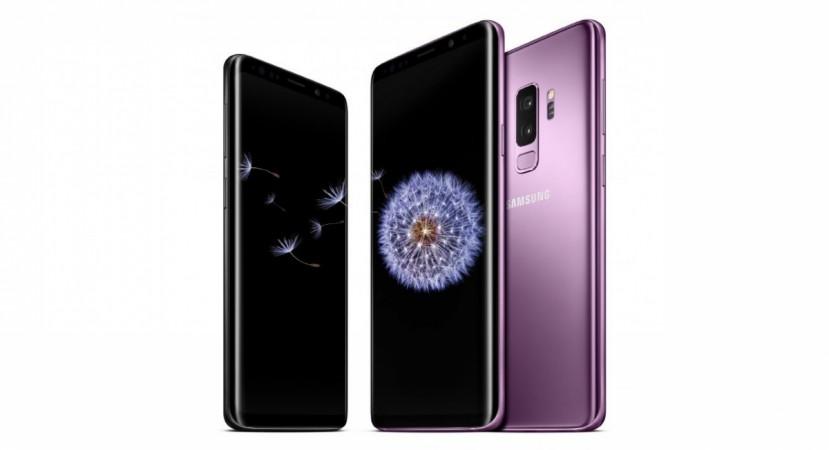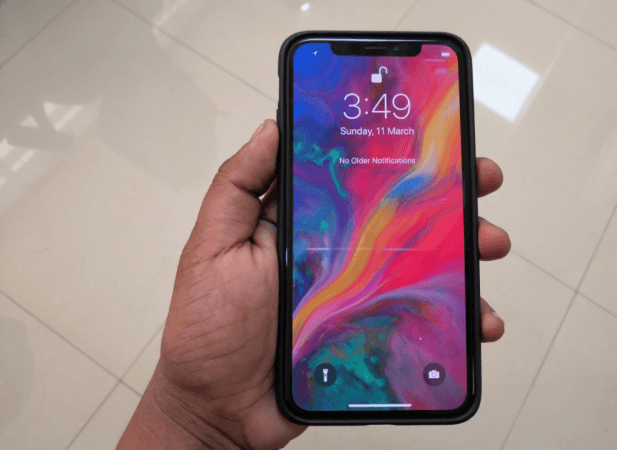- Samsung grabbed half of the premium smartphone market in India in Q1, 2018
- Samsung's premium smartphone market share grew 16 percent (YoY)
- OnePlus is second with 25 percent market share, and Apple third with 20 percent
- The Galaxy promotions and offers have contributed to Samsung's remarkable growth
Samsung may not be having a good time in the low-end and mid-range smartphone segments in India at the moment, especially with Chinese players like Xiaomi ruling the roost. But, when it comes to the premium smartphone segment, the world's largest smartphone maker is the undisputed king yet again. Riding on the unprecedented success of its flagship smartphones like Galaxy S8, Galaxy Note 8 and the recently-launched Galaxy S9 and S9+ in the country, Samsung has climbed to the top of the premium smartphone segment in India. In fact, the company has managed to grab the lion's share, capturing 50 percent of the market in the first quarter of 2018.

According to a report by Counterpoint Research, Samsung captured half of the premium smartphone segment in India, thereby showing an impressive 16 percent growth year-on-year (YoY).
The company surged past rivals like OnePlus and Apple, driven by demand for its latest flagships Galaxy S9, Galaxy S9+ along with the Galaxy Note 8 and the online-only Galaxy A8+.
China's OnePlus, which also has a decent fan following in India retained the second spot with a 25 percent market share and Apple occupied the third position with a 20 percent share, as per the Counterpoint Research report.
All three companies (Samsung, OnePlus, and Apple) combined contributed 95 percent of the total premium smartphone segment.
In the fourth quarter of 2017, Samsung had slipped to the third spot with 17.6 percent share, while Apple led with a 46.9 percent share and OnePlus was second with 24.9 percent.
Samsung's return to form is an impressive 32.4 percent growth from the last quarter which ended December 2017.
The report attributes Samsung's feat to the Galaxy S9 series which were launched March 16 in India and came with a lot of promotional offers from online retailers as well as telecom operators like Reliance Jio and Airtel.
"(The) Galaxy S9 series promotions were strong in both offline and online channels with offers ranging from cashback, exchange, upgrade and data bundling plans across all major operators," said the report.

Meanwhile, Apple had a weak start to the year in India as demand for the "overpriced" iPhone X and iPhone * series declined, according to the report.
"Additionally, the Cupertino-based giant had to battle rising import tariffs due to lack of 'Make In India' domestic manufacturing capabilities for its portfolio," the report added.
Apple, which still doesn't have a full-fledged manufacturing unit in India was left with no choice but to increase the prices of its iPhones during the quarter due to the import tariffs which have increased thrice in the past five months.
The report further states that Apple's share in the premium segment plummeted as the volumes dipped by a mammoth 55 percent due to decline in the shipments of the iPhone X and iPhone 8 series.
Around the same time, the Indian government increased the import duty on CBUs (completely built Units) to 20 percent during Q1, 2018, leading to an increase in the prices of the already expensive iPhones.
But, while Samsung showed the biggest recovery and Apple, the biggest downfall, OnePlus was the fastest growing brand with over 192 percent YoY growth in the segment.
"OnePlus has been maintaining its second spot in the premium segment which it is has been holding since Q3 2017. OnePlus 5T was the best-selling model during the quarter, driven by its limited edition variant launch and expansion in the offline segment," Counterpoint said.

In terms of individual handsets, the OnePlus 5T was the biggest selling premium smartphone and has a 25 percent share of the premium model in the quarter, followed by Samsung Galaxy at No.2 with 17 percent share and the Galaxy S9 at 12 percent.
On the whole, the premium smartphone segment remained unchanged (YoY) but declined 13 percent compared to Q4 due to a drop in promotions post-Q4 2017.
Although Samsung has regained its position in the premium segment, it is still struggling to find its lost ground in the mid-range and lower-end of the spectrum with tough competition coming in the form of Xiaomi, which is showing unstoppable growth in the highly competitive lower end of the Indian smartphone market.

















